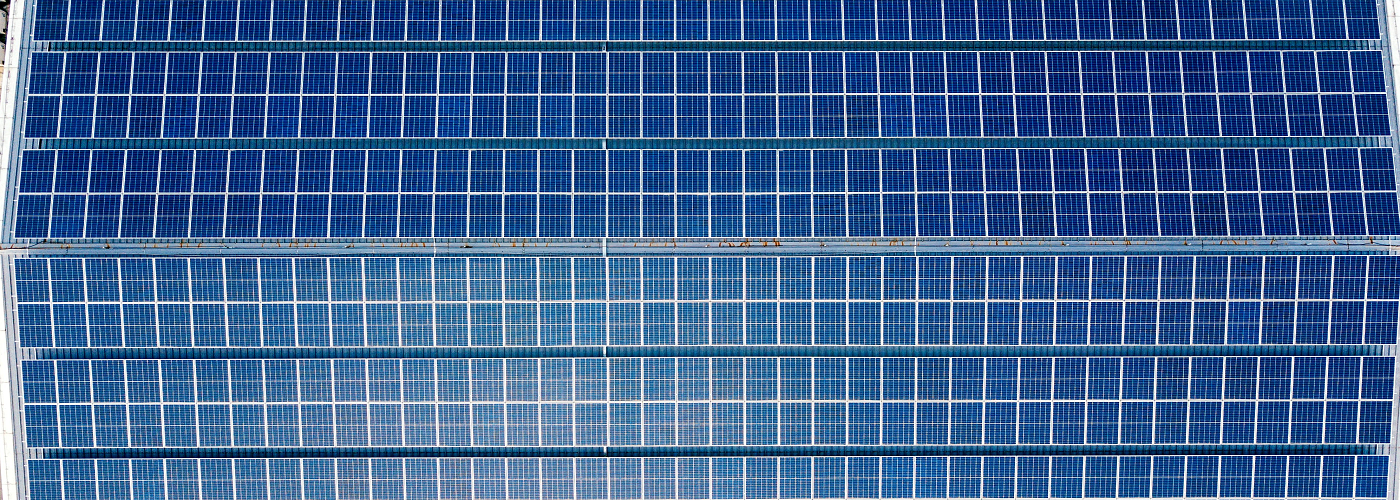

Of all the sources of clean, renewable energy, solar has the most potential for future growth. Even though solar energy is readily available across most parts of the globe, like any renewable energy resource it is not a constant 24 hours a day, 365 days a year. That’s why storage options for solar energy will need to be a part of any future solar infrastructure. One promising example comes from Lancaster University in the UK, where researchers have discovered a crystalline substance that can capture solar energy, store it for months at a time, and later release it as heat.
The crystalline substance is a type of metal-organic framework, where a network of metal ions are linked by carbon-based molecules. Within this framework, the team put molecules of azobenzene, which is a substance that strongly absorbs light. Azobenzene also acts as a photoswitch, meaning its molecules change shape when exposed to light or heat. In this case, when the azobenzene molecules are exposed to UV light from the sun, they rearrange to a shape which holds potential energy, analogous to a loaded spring. Later, when a small amount of external heat is applied, the azobenzene molecules switch state again, thereby quickly releasing their stored energy, akin to the loaded spring snapping back to its original shape. This release of potential energy is in the form of an even larger amount of heat.
This new crystalline substance is a promising candidate for storing solar energy for many applications because it is able to store this energy for at least 4 months, and potentially over a year, at room temperature. Moreover, this substance is chemically stable and a solid at room temperature. Some of the envisioned applications for such a compound would be as a coating on car windshields, where the stored energy could be used to de-ice them in winter. Also, it could be used in heating systems for buildings that are off the electric grid, or even as a greener supplement to conventional heating systems. The long-term storage characteristics would even enable the solar energy collected in the summer months to be released as heat on cold winter days.

